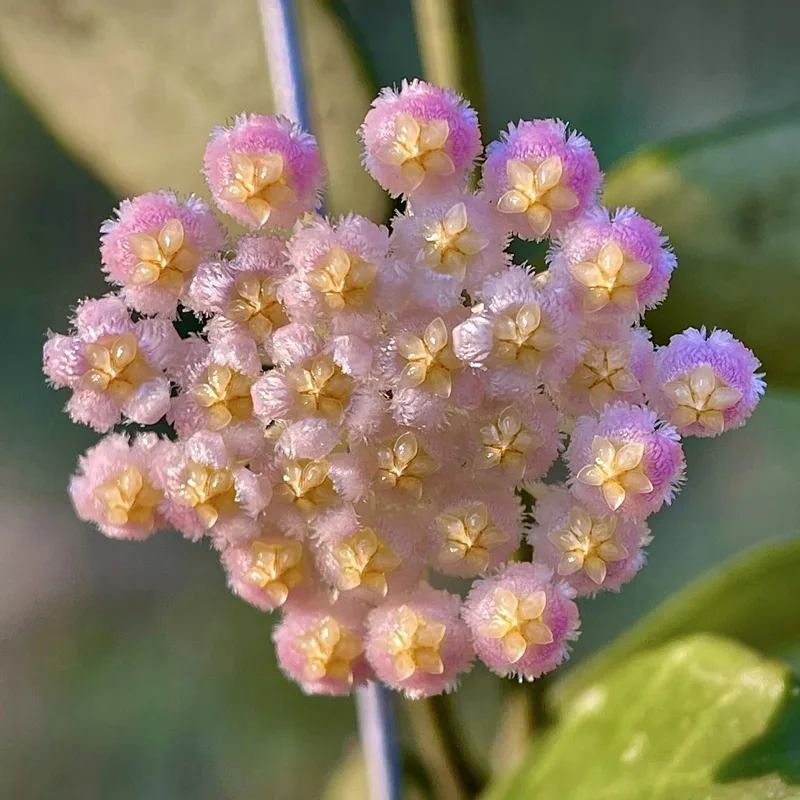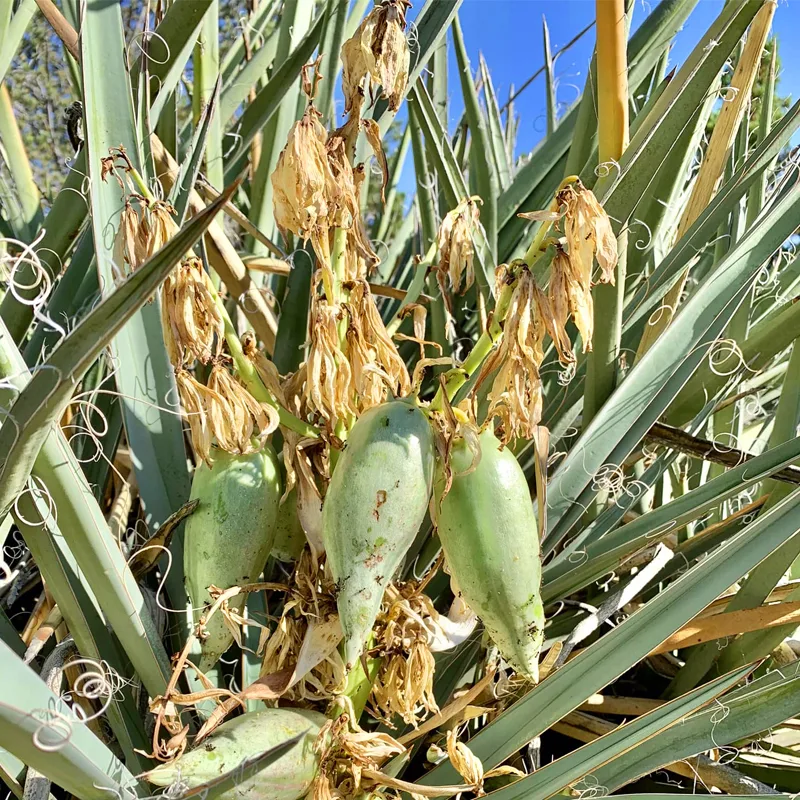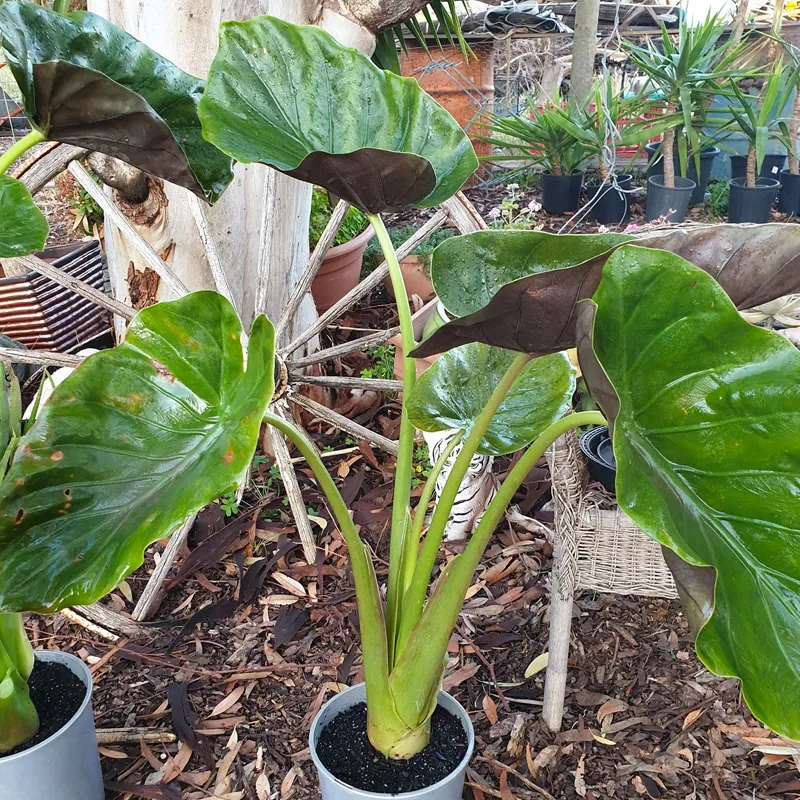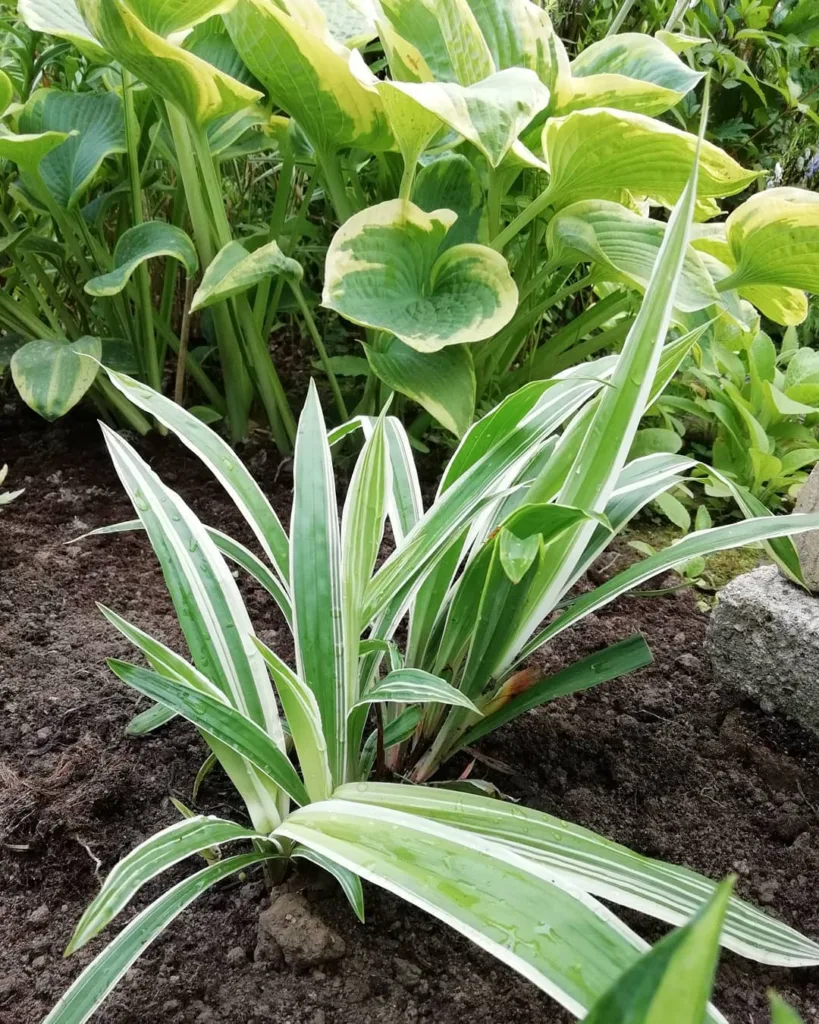Monolena Primuliflora: Everything You Need to Know
When I first stumbled upon Monolena Primuliflora, I was captivated by its unique charm. As someone who loves exploring diverse plant species, I couldn’t help but dive deep into understanding this fascinating plant. Here’s a comprehensive guide to Monolena Primuliflora, based on my experiences and research.
What is Monolena Primuliflora?
Monolena Primuliflora, often referred to simply as Monolena, belong to the Melastomataceae family, is a small, evergreen perennial native to the rainforests of Central America. It belongs to the Monolena genus within the family Costaceae. What sets this plant apart is its striking foliage and delicate flowers. Its leaves resemble those of the primrose, hence the name “Primuliflora.” This plant is known for its vibrant green, heart-shaped leaves and small, tubular flowers that can vary in color, including shades of white, pink, and purple.
Plant Family: 169 Genera in Melastomataceae
How to Care for Monolena Primuliflora?
Caring for Monolena Primuliflora can be quite rewarding if you get the conditions right. Here’s what I’ve learned from my personal experience:
- Light: Monolena Primuliflora thrives in low to medium light. Direct sunlight can scorch its leaves, so placing it in a spot with filtered light or in partial shade is ideal.
- Watering: This plant prefers consistently moist soil. I find that watering it when the top inch of soil feels dry works best. Avoid letting the soil dry out completely or become waterlogged.
- Humidity: Monolena Primuliflora loves high humidity. I’ve found that placing it near a humidifier or regularly misting the plant helps keep it healthy.
- Temperature: It prefers warm temperatures, ideally between 65-75°F (18-24°C). Avoid exposing it to temperatures below 50°F (10°C), as it can cause stress or damage.
- Soil: A well-draining potting mix is crucial. I use a blend of peat moss, perlite, and orchid bark, which provides excellent drainage and aeration.
How to Propagate Monolena Primuliflora?
Propagating Monolena Primuliflora can be a fun and rewarding process. Here’s how I do it:
- Division: The easiest method is by dividing the plant. Gently remove the plant from its pot, and separate the root ball into smaller sections, ensuring each section has roots and foliage. Replant these sections in new pots.
- Cuttings: Another method is to take stem cuttings. I cut a healthy stem with at least two leaves, dip the cut end in rooting hormone, and plant it in a pot with a well-draining mix. Keep the cutting in a warm, humid environment until roots develop.
What to Plant With Monolena Primuliflora?
When planting Monolena Primuliflora, I recommend pairing it with other low-light, humidity-loving plants. Some good companions include:
- Fern Species: Like Boston Fern or Maidenhair Fern, which complement its need for humidity and shade.
- Calathea Varieties: Their vibrant foliage and similar care requirements make them excellent partners.
- Philodendrons: These plants share similar light and moisture needs, creating a cohesive look.
Benefits of Monolena Primuliflora
Monolena Primuliflora brings several benefits to your indoor garden:
- Aesthetic Appeal: Its unique foliage and delicate flowers add a touch of elegance to any space.
- Air Purification: Like many other houseplants, Monolena helps improve air quality by filtering out toxins.
- Low Maintenance: Once you get the care conditions right, it’s relatively easy to maintain.
Toxicity
One concern I had when researching Monolena Primuliflora was whether it’s toxic to pets. Fortunately, it’s generally considered non-toxic to both cats and dogs. However, it’s always a good idea to monitor pets around houseplants, just in case.
Common Problems and Solutions
While Monolena Primuliflora is relatively easy to care for, it can encounter some issues:
- Leaf Drop: This usually happens due to low humidity or inconsistent watering. Increasing humidity and maintaining a regular watering schedule should resolve this.
- Pest Infestations: Watch out for common pests like spider mites or aphids. Regularly inspect the plant and treat any infestations with insecticidal soap or neem oil.
Comparing Monolena Primuliflora with Similar Plants
Monolena Primuliflora is often confused with similar plants due to its unique appearance. Here’s how it stacks up against a few:
- Costus Barbatus: While both belong to the Costaceae family, Costus Barbatus is generally taller and has different flower shapes.
- Aechmea: Aechmea plants, another member of the bromeliad family, have a more rigid, spiky appearance compared to the softer, heart-shaped leaves of Monolena.
Conclusion
Monolena Primuliflora is a captivating plant that can bring a unique touch to any indoor garden. With its beautiful foliage and delicate flowers, it’s a great choice for those who enjoy a bit of a challenge in plant care. By providing the right conditions and a bit of attention, you can enjoy this lovely plant for years to come. If you’re considering adding Monolena Primuliflora to your collection, I hope this guide helps you get started.
If i die, water my plants!



